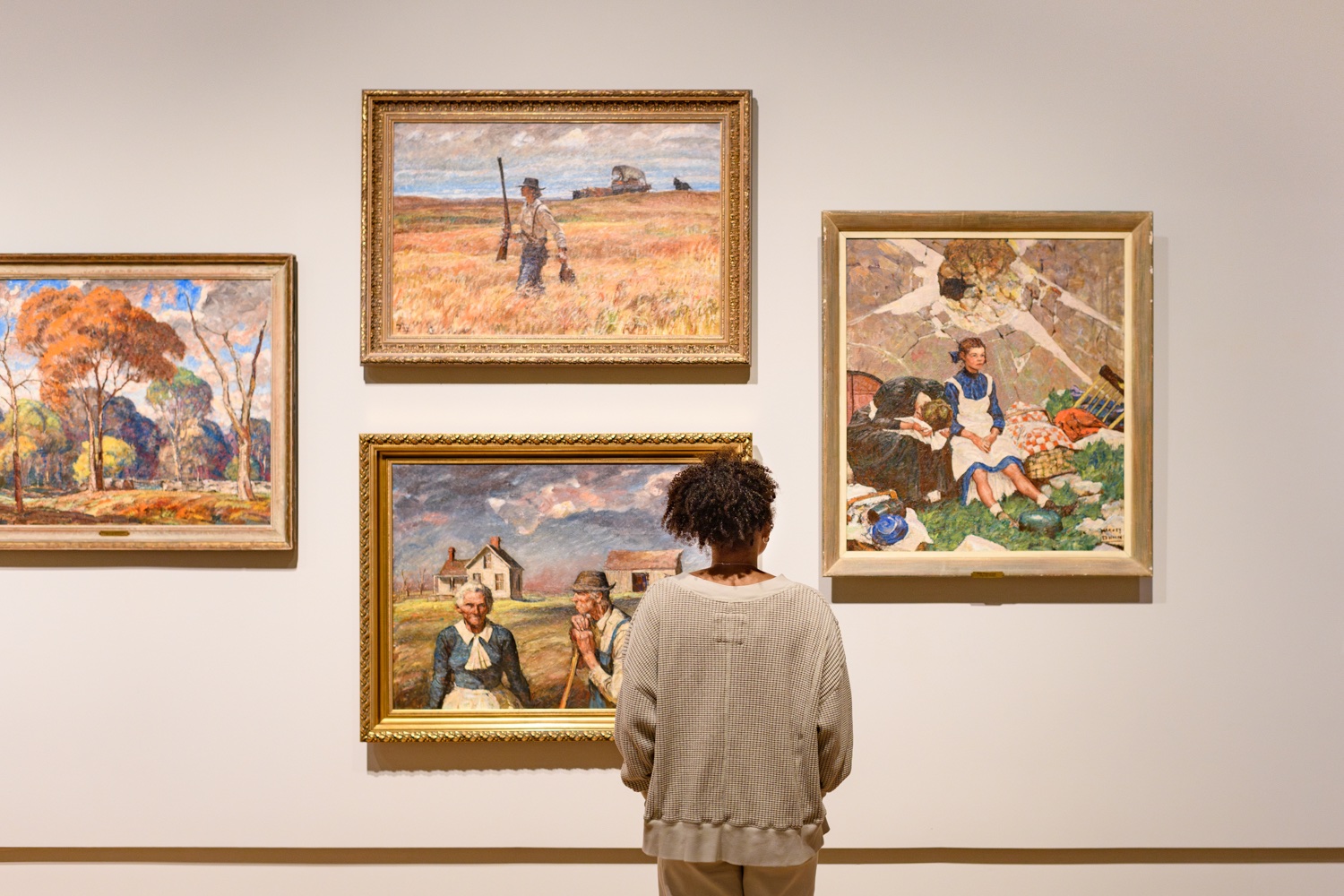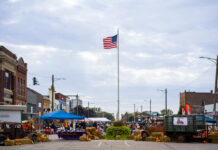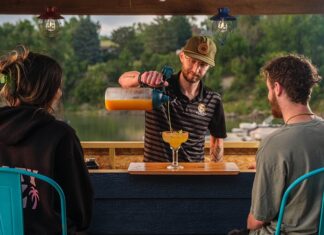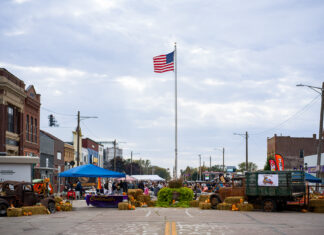“There isn’t a single artistic identity that defines South Dakota. It’s perhaps best to think of it more as an artistic landscape—as art in South Dakota is as diverse as the state’s geography,” said South Dakota Art Museum director Donna Merkt.
The South Dakota Art Museum honors the foundational visions that have shaped the museum, from notable contributors to generous artistic efforts.
The newly-debuted exhibition, The Founding Gifts, not only communicates gratitude for the works and artists, but celebrates the contextual history behind each gift and each piece of art.
The exhibition has three parts, including Harvey Dunn’s paintings, Ben Reifel’s personal collection of Plains art, and the South Dakota General Federation of Women’s Club’s (GFWC) art collection.
Merkt says the idea for The Founding Gifts exhibition began with a conversation about Harvey Dunn’s original gift of art to South Dakota State College, now South Dakota State University (SDSU), in 1950. The origin of the museum was founded with education at its core, and generosity that felt meaningful to honor.
“As we approached the 75th anniversary of that moment, our curatorial team began discussing a commemorative exhibition,” said Merkt.
She continued, “The concept quickly expanded as we reflected on other foundational contributions—gifts rooted not in wealth or prestige, but in a shared belief in the power of art to educate, honor, and connect.”
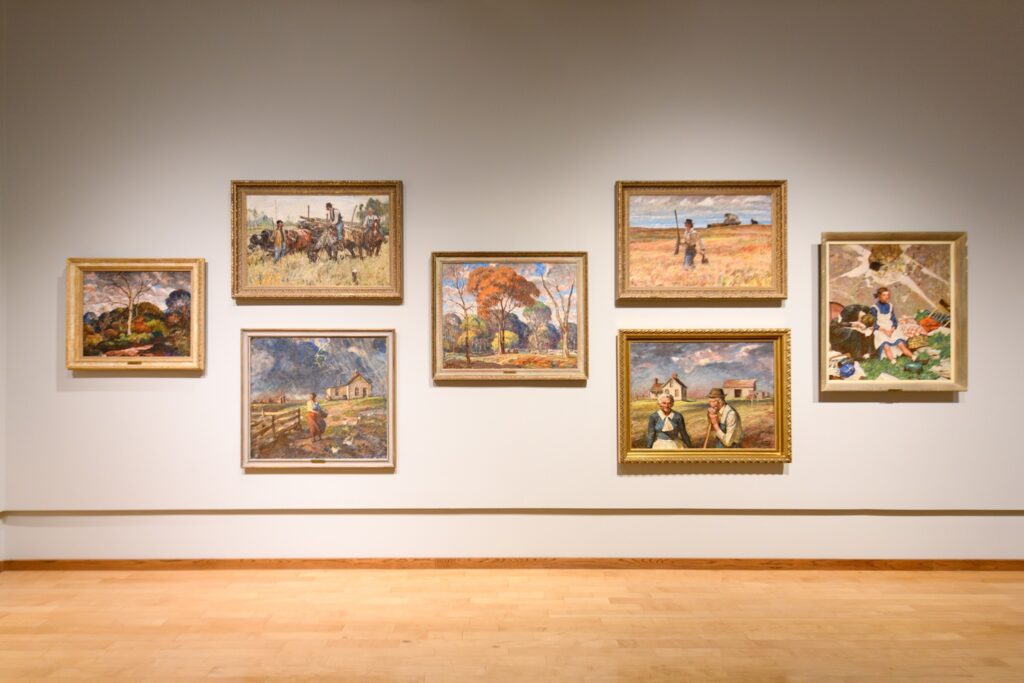
The lasting impact of Harvey Dunn, the General Federation of Women’s Clubs gifts, and Ben Reifel continues to echo at the museum and across the planet.
Merkt says Reifel’s vision helped shape values and approach, promoting a more inclusive and comprehensive representation of artistic expression.
“Benjamin Reifel’s election as the first Oceti Sakowin tribal citizen to the U.S. Congress in 1960 was a groundbreaking achievement, not only for Native American representation, but also for his impactful contributions to the arts and humanities,” added Merkt.
Reifel was an advocate for the establishment of the National Endowment for the Humanities and the National Endowment for the Arts. Merkt says this demonstrates his devotion to cultural development, education, and the arts. He also notably served as the board president for the SD Art Museum.
“The same year he joined the board, Reifel attended a board meeting with a suitcase full of precious objects from his personal collection,” said Merkt.
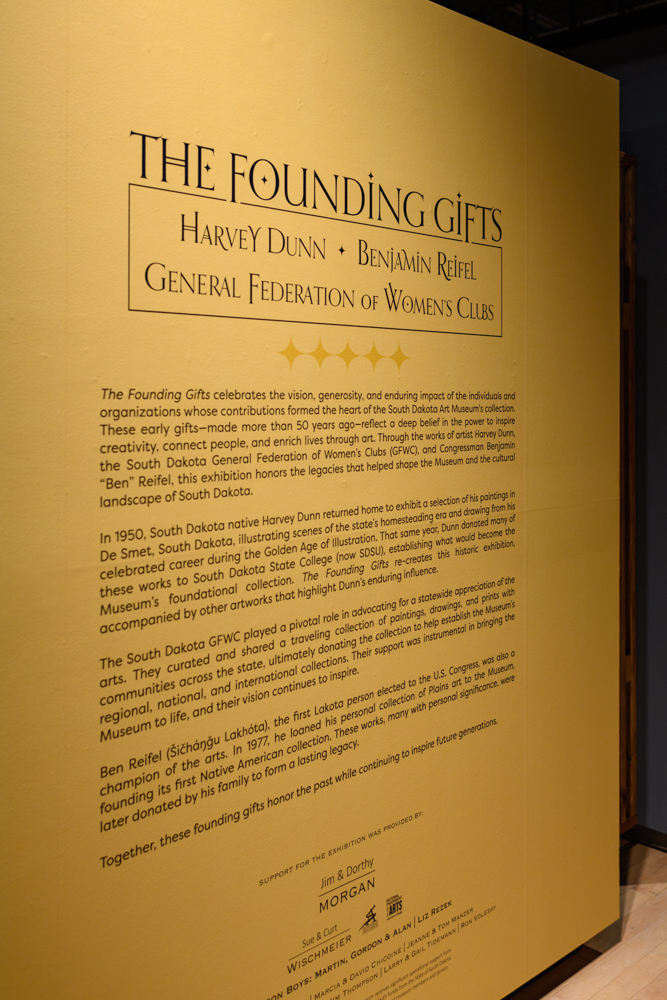
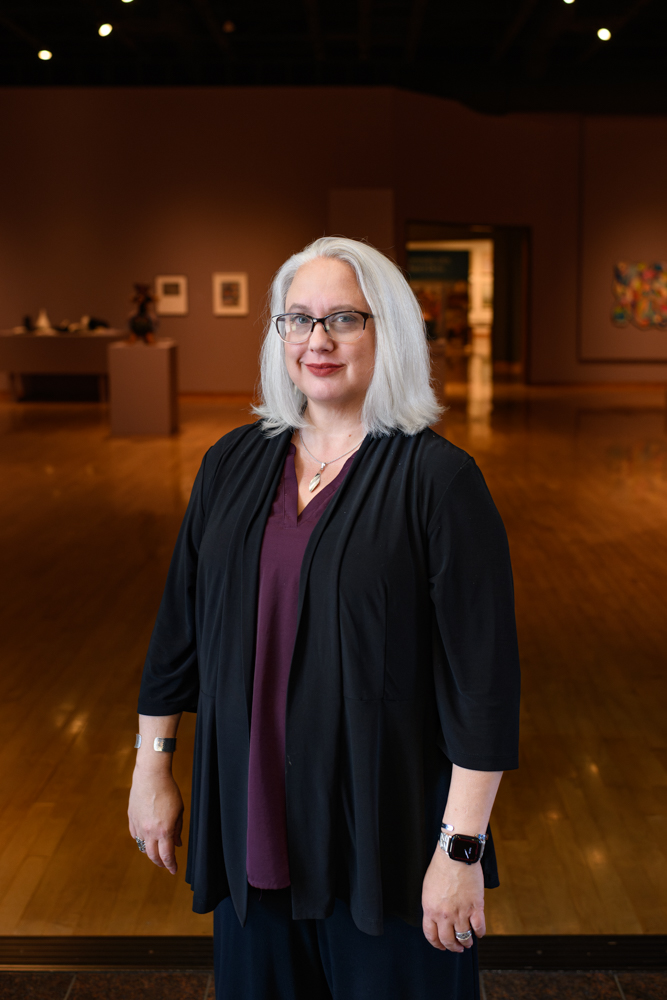
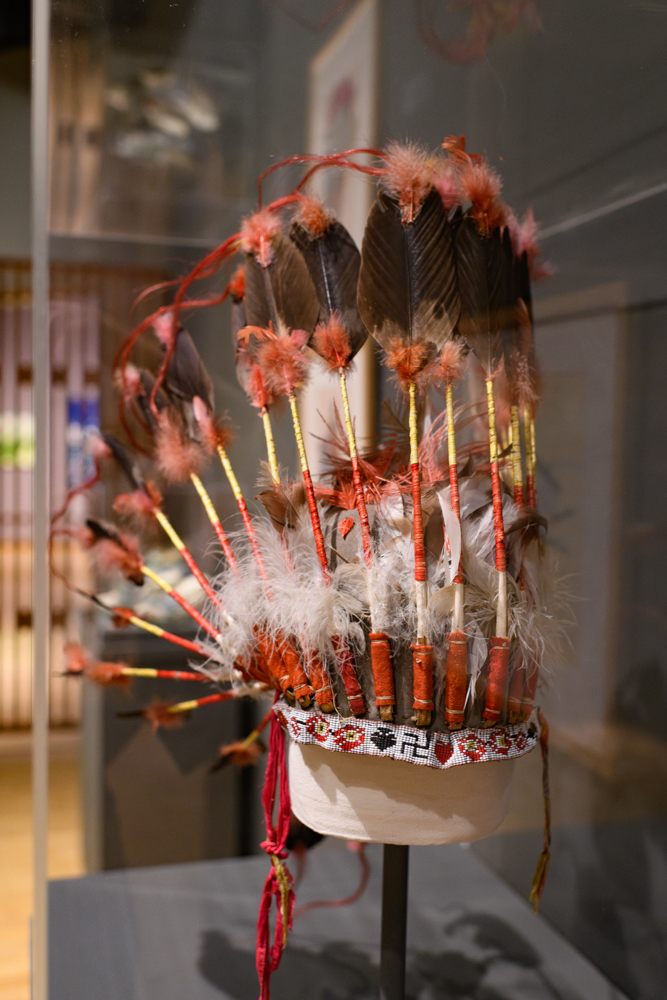
AN ADVOCATE FOR ART
Ben Reifel donated 19 items to the South Dakota Art Museum.
Pieces include a tablecloth and napkins embroidered by Nellie (He Dog) Black Crow (Rosebud Sioux). Four Oscar Howe paintings included in the exhibition were transferred to the Museum from the Bureau of Indian Affairs under Reifel’s stewardship.
After his passing, descendants solidified the donations as a permanent gift, ensuring Native art holds a prominent place in the museum’s collections, Merkt adds.
“All the works represent a wide range of Oceti Sakowin expression, from traditional methods and iconography to techniques, symbols, and materials shaped by the impact of colonization and forced assimilation,” said Merkt.
Reifel’s actions aided in fostering an environment where Native art is presented in conversation Euro-American art and art from other cultures, Merkt notes.
Alongside Reifel, Dunn made his mark on the artistic landscape as he translated memory onto canvas, elaborates Merkt, capturing the emotional texture of rural life in ways that resonate across time.
Merkt says Dunn’s impact has been lasting and profound on artists not just in the state, but around the world during the Golden Age of Illustration.
Dunn started his journey on a South Dakota farm in 1884—a life steeped in the rigors of homesteading, Merkt elaborates. As he made his way into the world of art, resilience, determination, and characteristics of the pioneer spirit were exemplified.
“While much of his work captures both the ideals and hardships of prairie life, his Founding Gift also includes illustrations of stories referencing global cultures, as well as depictions of wartime experiences,” said Merkt.
“Though art is a reflection of humanity, it is too often separated from its original context once it enters a museum. Preserving artwork and objects is vital—but preserving and sharing the stories behind them is equally important.”-Donna Merkt
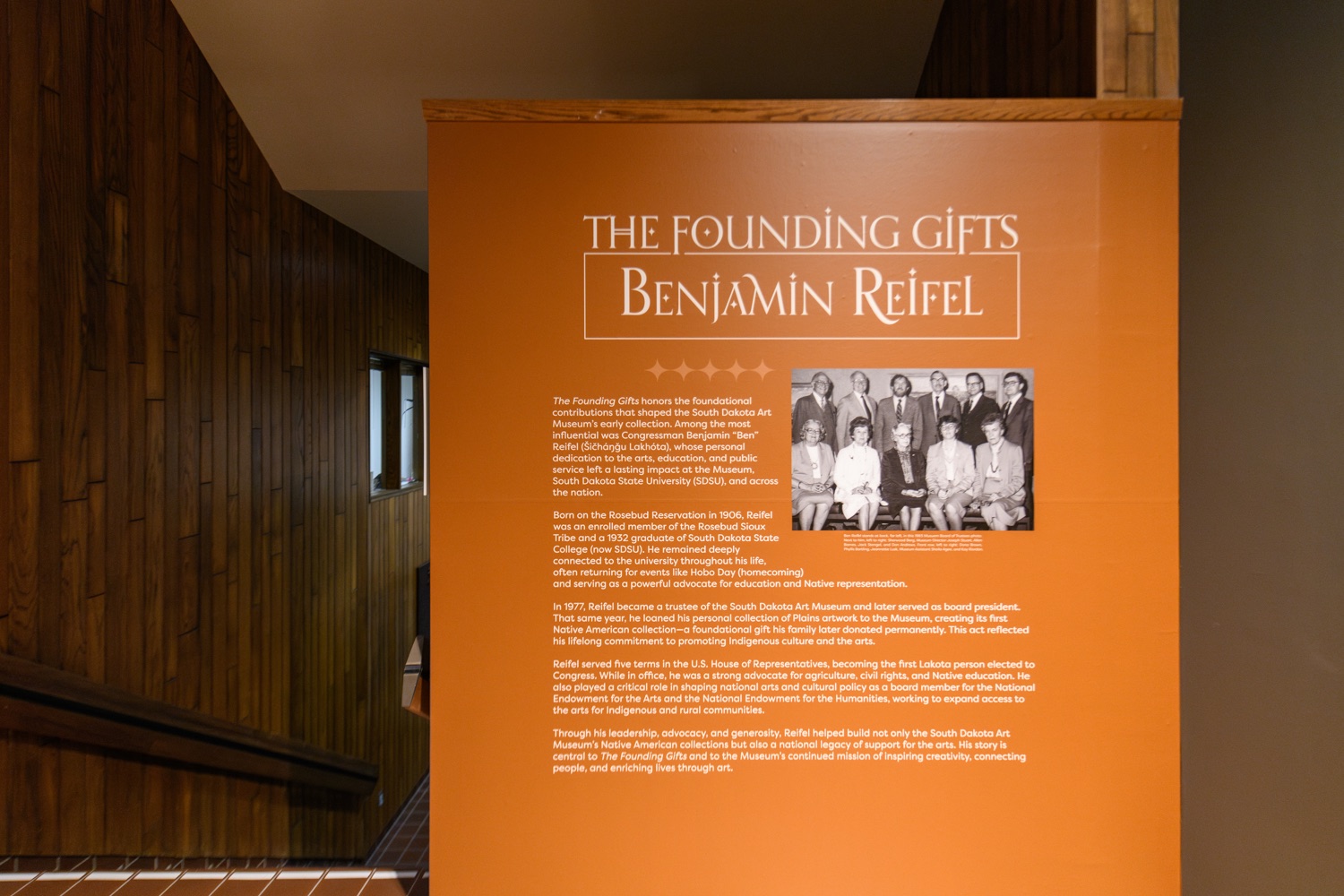

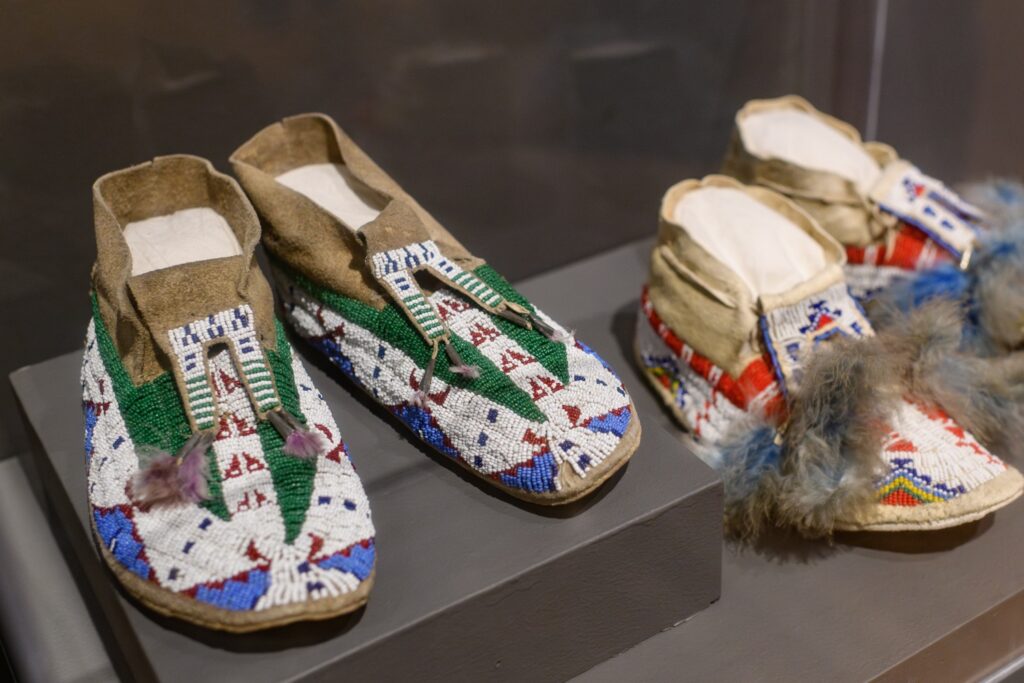
FROM FARM TO WORLD – RENOWNED ARTIST
From South Dakota Agricultural College (now South Dakota State University) in 1901, where Dunn’s talent was nurtured by Professor Ada Caldwell, he advanced to the Art Institute of Chicago to eventually go on to study under esteemed illustrator, Howard Pyle.
Although homesteading is depicted in his work, it’s not romanticized, Merkt adds. His paintings honor the complexity of life while focusing on hardship, community, longing, and resilience, illustrating what life felt like at the time.
Merkt points out that as we gain understanding of the grounded truth of homesteading life, we acknowledge this narrative existed alongside the forced displacement of Oceti Sakowin people.
“As South Dakota art continues to evolve, contemporary artists are increasingly engaging with both sides of our legacy—honoring ancestral memory while also reckoning with the broader social and political systems that shaped our complex history,” added Merkt.
The SD Art Museum’s broader range of collections started with the Founding Gift from the GFWC. The origin of the museum is directly tied to the federation.
“These visionary women looked within and beyond the state’s borders for inspiring art to share with South Dakotans,” added Merkt.
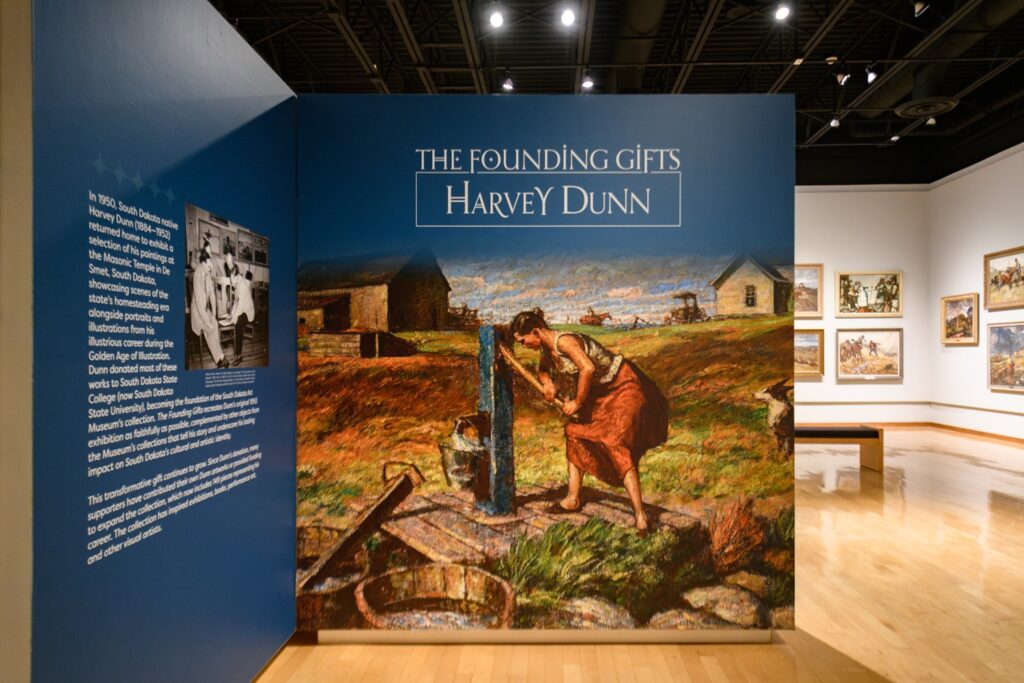
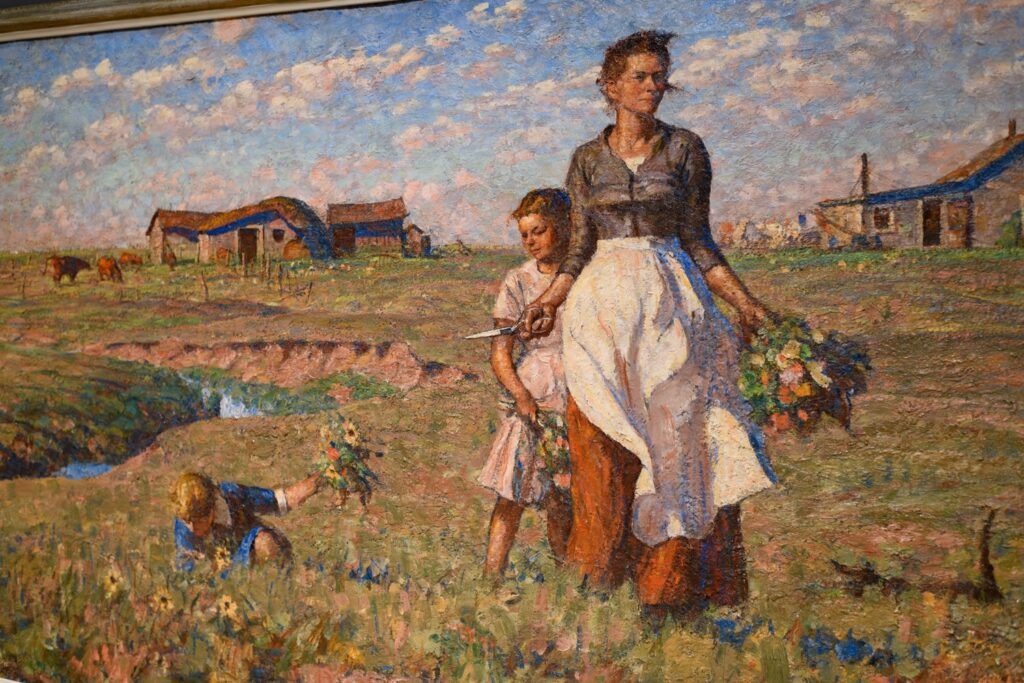
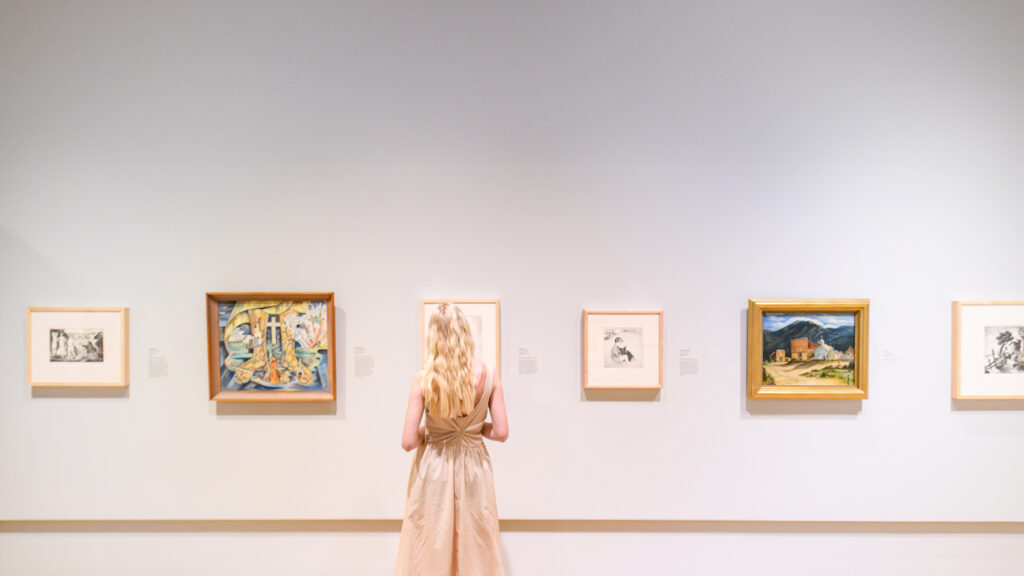
“Women in Dunn’s works are not swooning ornaments; they are hard at work, contributing equally to the success of the homestead.”-Donna Merkt
THE BEST OF THE BEST
According to Merkt, the best thing about being a part of the South Dakota Art Museum is: “Its mission aligns perfectly with my personal purpose. The art museum’s mission—to inspire creativity, connect people, and enrich lives through art. It’s the purpose I serve and the work that I, in many ways, have been doing my entire life.”
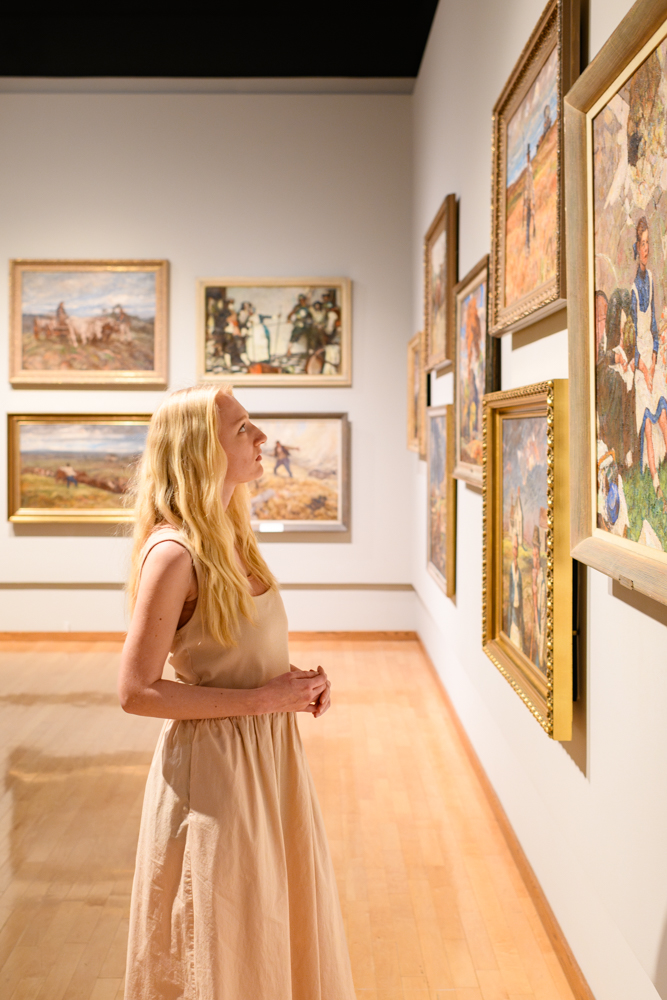
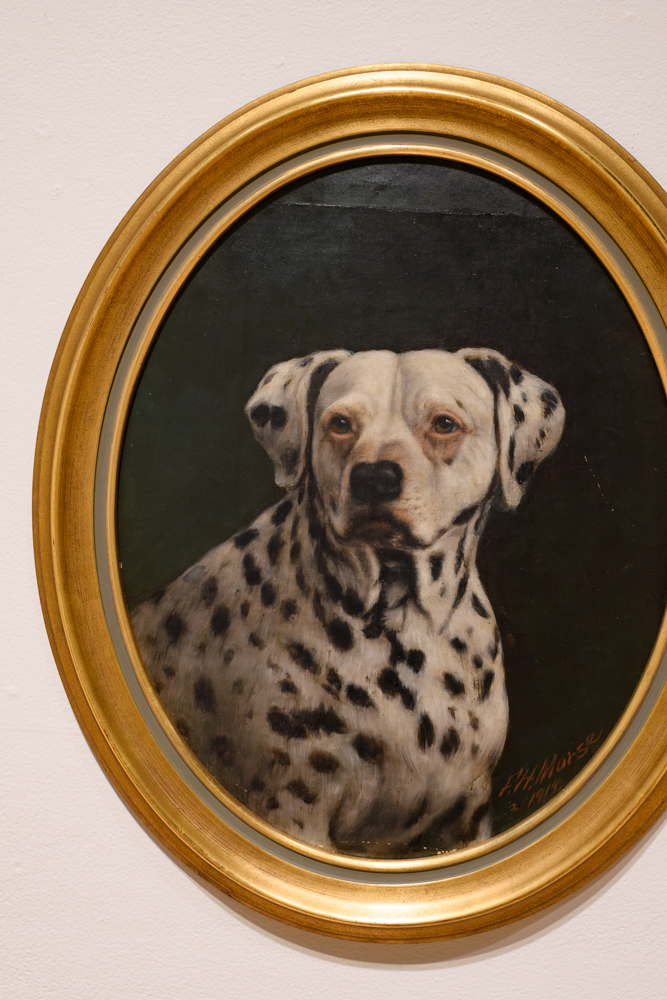
“Dunn’s trajectory from humble beginnings to artistic prominence mirrors the tenacity and self-reliance emblematic of the homesteaders he so vividly portrayed in his work.”-Donna Merkt
Founded in 1900, the SD chapter of the federation assembled a collection of original artworks and objects aimed to inspire appreciation for the arts, Merkt elaborates.
Before the museum’s conception, the collected art traveled across South Dakota, bringing fine art to communities with little to no access to the arts.
“Their dedicated efforts in acquiring artwork, advocating for a dedicated building, and leading fundraising initiatives ultimately led to the formal establishment of the South Dakota Art Museum through codified law in 1957,” revealed Merkt.
On May 31, 1970, the South Dakota Art Museum opened. Today, Merkt says the GFWC remains staunch supporters of the arts and education.
“At the South Dakota Art Museum, visitors aren’t just looking at something beautiful or historic—they’re engaging with a legacy, a story, a moment in time,” said Merkt.
“The Founding Gifts invites us to remember not just to look at the objects, but to reflect on the people and vision that brought them here… Context humanizes art—it makes it personal, relevant, and alive,” she added.
For more information, visit SDSTATE.EDU/SOUTH-DAKOTA-ART-MUSEUM+


